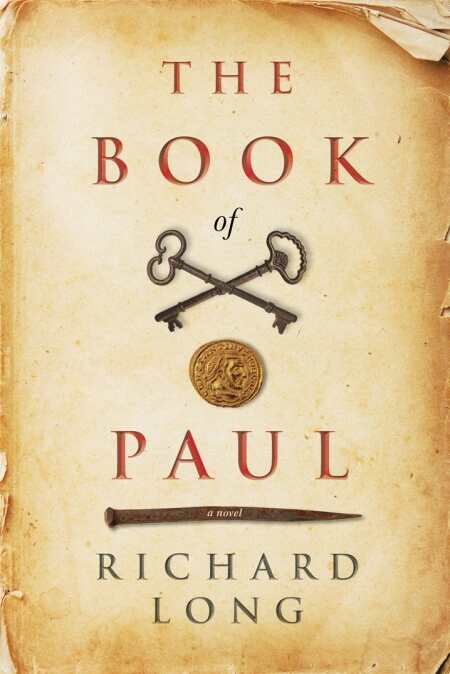The Book of Paul
Martin and Rose are in love. It feels like the real thing for both of them. They have similar interests: enduring pain, inflicting pain, exploring lust, and the yen to satisfy suppressed cravings for simple affection that were stifled in their childhood by two evil goons who are each trying to rule the universe by knocking the other out of existence.
Martin knows that his father is Paul. That’s the one advantage he has over some of the other characters in Richard Long’s The Book of Paul. A man with no fingernails (because he ripped them out himself), Paul teaches his boy how to withstand pain (without screeching) after introducing him to pleasure in the form of killing rats with a rifle down at the dump. Matricide is another pleasure Paul introduces to Martin. He encourages the boy to vent his rage at his crazy mother (or the woman he thinks is his mother) on his birthday. At this point in the book, it’s no surprise that she’s naked, Martin is armed with a nice new pistol (his gift from Paul), and no one is eating cake.
Martin’s life of hunting, laundry, and loneliness is finally relieved, he believes, when he meets Rose, a tattoo artist who shares his slummy squat. Martin doesn’t know Rose’s destiny, and also doesn’t know that her father is Paul’s nemesis, a cosmic player named Johnny. Meanwhile, Paul, who lives in the same squalid digs, has taken up with Michael, a punk who hangs out in the nearby park scrounging up money for piercings. Michael finds himself under Paul’s spell—all that talk of offing people makes him feel alive. But he doesn’t realize that you have to walk the walk if you want to hang with Paul. In order to fully understand who he is and why he met up with Paul in the first place, Michael will need to understand crucifixion, both its eternal symbolism and the agony of the guy getting the nails in his hands.
Written in short cinematic bursts from multiple viewpoints, The Book of Paul works because it is intelligent, self-aware, and often amusing, while hitting all the markers for sadistic, salacious, and scary. It has a brisk plot and gritty, compelling characters. Long is no ordinary writer of horror; he’s a bit like his character William, another member of Paul’s serial killing, blood-spilling clan, who has the “ability to spin his words into an inevitable web of actuality.” Long can take the most insane action-movie cliché—Paul, with Michael clinging to his back, leaping out a window, sliding down a tree limb, and lopping some heads off as he lands—and make it almost believable.
The story weaves in and out of the realm of alchemy, Marian mythology, and ancient arcana. It is also peppered with alluring hints about the origin of The Book of Paul itself, one of the author’s deft twists, one that leaves readers guessing up to the end. It postulates, among other horrors, a blackmail website built around the exploits of real serial killers (the ones who haven’t been caught yet).
The Book of Paul is wide open for a sequel, and Richard Long is doubtless going to build a large and loyal fan base composed of people just like him: literate folks with a bizarre sense of humor who prefer salsa to sugar, red meat to broccoli, and a bucket of blood to a bath filled with rose petals. They will be waiting for the next installment.
Reviewed by
Barbara Bamberger Scott
Disclosure: This article is not an endorsement, but a review. The publisher of this book provided free copies of the book and paid a small fee to have their book reviewed by a professional reviewer. Foreword Reviews and Clarion Reviews make no guarantee that the publisher will receive a positive review. Foreword Magazine, Inc. is disclosing this in accordance with the Federal Trade Commission’s 16 CFR, Part 255.

